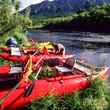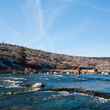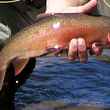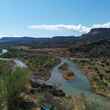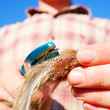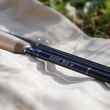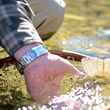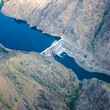Winter draws to an early close in the South. I noticed the first spring beauty, an exquisite and appropriately named wildflower, in my yard on January 26 this year. Male spring peepers and cricket frogs feel the pull of hormones and start singing for the ladies around mid-February. But along about the time redbuds are blushing, I start listening for the return of another old springtime friend. This friend is also a singer. His melancholy serenade is the essence of a spring night. He sounds lonesome, and that may be part of the reason he was named Chuck-will’s-widow.
Soul of a springtime evening
by Johnny Carrol Sain - Tuesday, Mar 29th, 2016






